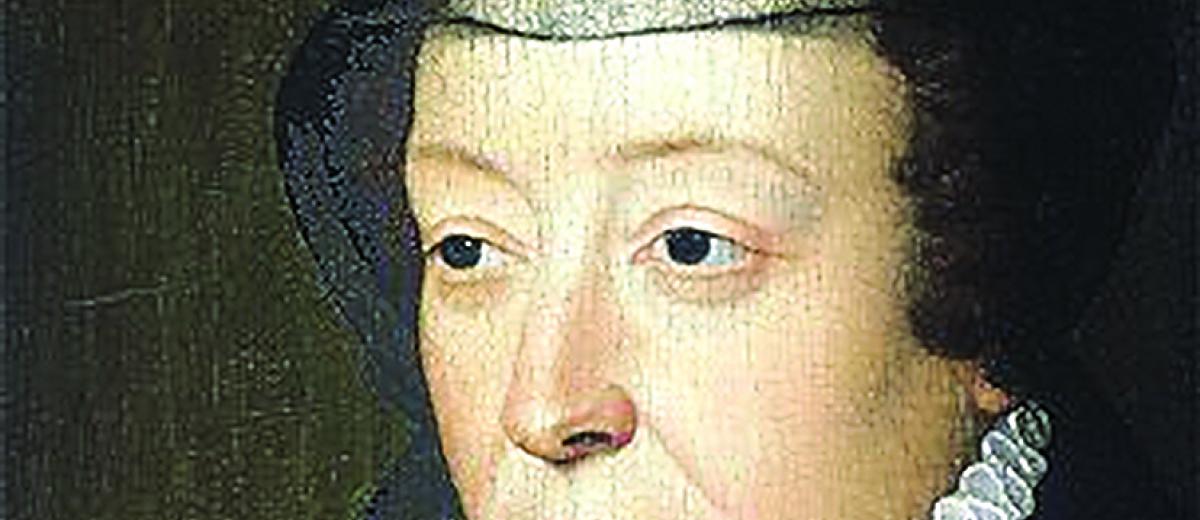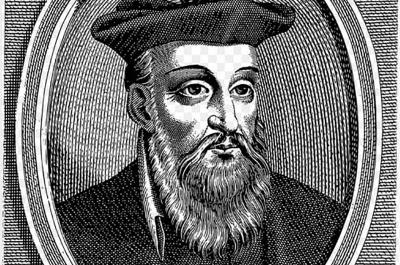From Catherine de Medici to Diane de Poitiers
published at 20/01/2017

Queen Catherine de Medici, who married King Henri II bought the Château in 1550. The Domain was highly profitable at this time (toll on the Loire and countless farming plots). She probably used Chaumont as a hunting ground and stop-over between the Châteaux d’Amboise and Blois.
Upon Henri II’s death, during a tournament, in 1559, Catherine de Medici –who had become Ruler of France– asked her former rival Diane de Poitiers to give her back the Château of Chenonceau. Indeed, this gift from the king was an inalienable property since it belonged to the Crown. In exchange she gave Diane de Poitiers the Château of Chaumont. Henri II’s former mistress only stayed at Chaumont on rare occasions, but, concerned about her residences, she continued with the Château’s construction up until her death in 1566. Chaumont now owes most of its current appearance to her. On her arrival at the Château of Chaumont, Diane de Poitiers continued and finished building work that had previously been started, notably on the upper sections of the East Wing and the gatehouse. She undertook the building of the machicolated walkway and left her signature on it: the two interlaced “Ds” represent the initial of her first name; the hunting horn, the bow, the quiver, the arrows and the three circles evoke the huntress-goddess Diana, associated in Antiquity with the moon.
Upon becoming the new owner, her daughter was the first to express a desire to endow the Château with grounds in 1573. But her death the following year put an end to the plans.
In the late 16th century, the Château became the property of Henri de La Tour d’Auvergne; under Henri IV, it passed into the hands of the Luccan banker Scipion Sardini (his family and their allies kept it for almost a century); then, under Louis XIV, it was acquired by Paul de Beauvillier, Duke of Saint-Aignan.
A famous contemporary figure: Nostradamus
Catherine de Medici liked to surround herself with astrologers. Their task was to determine the influence of the stars and planets on earthly events and the fate of man in order to make predictions. Michel de Nostredame, alias Nostradamus, is the most famous among them. His early works included weather forecasts for farming, medical advice, natural beauty tips and his first "enigmatic" predictions. He became so renowned that Catherine de Medici soon summoned him to the court in 1555.


